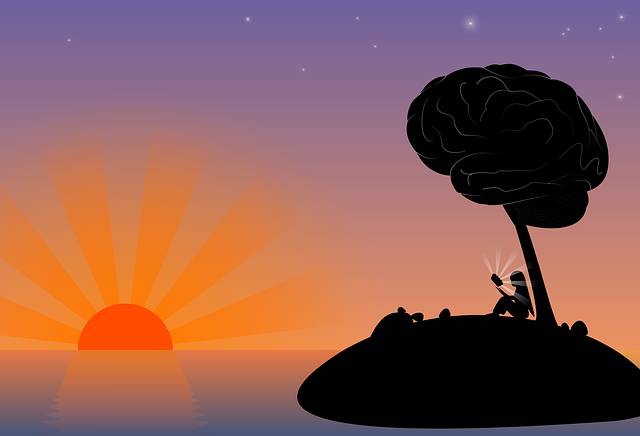Embracing vulnerability in decision-making is a transformative approach that can significantly enhance personal and professional growth. It involves acknowledging the inherent uncertainty and risk in every choice we make, and rather than shying away from these elements, leaning into them with an open mind and a willingness to learn. This article explores how to cultivate this mindset through several key strategies.
Firstly, being willing to accept and adapt when you fumble or misjudge in your choices is crucial. No one is infallible; mistakes are an inevitable part of the human experience. The important thing is to view these moments not as failures, but as opportunities for growth. When you make a wrong decision, take the time to understand why it happened. What factors contributed to your choice? How could you have approached the situation differently? This process of self-reflection not only helps you avoid similar mistakes in the future but also deepens your understanding of yourself and the world around you.
Secondly, using introspection to your advantage is a powerful tool in decision-making. Introspection allows you to reflect mindfully from different lenses, providing a multidimensional view of any given situation. By examining your thoughts, feelings, and motivations, you can gain a clearer understanding of your values and priorities, which are essential guides in the decision-making process. Moreover, introspection helps you identify any biases or assumptions that might be influencing your choices, enabling you to make more objective decisions.
Thirdly, seeking to increase your number of alternatives to a reasonable, but not infinite, level can greatly improve your decision-making skills. Having a wide range of options allows you to choose the best path forward, rather than settling for the first viable solution that comes to mind. However, it's important to strike a balance; too many options can lead to decision paralysis. Aim for a manageable number of alternatives that still provide sufficient variety to ensure you're making the most informed choice possible.
Lastly, choosing action over inaction when you are in doubt is a vital aspect of embracing vulnerability in decision-making. It's natural to feel uncertain or afraid when faced with important choices, but staying stuck in indecision can be detrimental. Instead, take proactive steps to move forward. This doesn't mean rushing into a decision without thought, but rather, making a choice and being willing to adapt as new information becomes available. By taking action, you not only demonstrate resilience and courage but also open yourself up to new possibilities and learning experiences.
In conclusion, embracing vulnerability in decision-making requires a shift in mindset. It involves accepting the inevitability of mistakes, leveraging introspection for deeper understanding, expanding your range of alternatives, and choosing action in the face of uncertainty. By practicing these strategies, you can enhance your decision-making skills, foster personal growth, and navigate life's complexities with greater confidence and resilience.




发表评论 取消回复